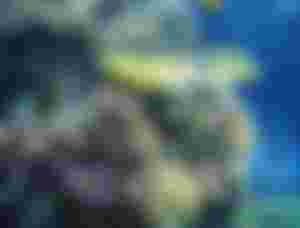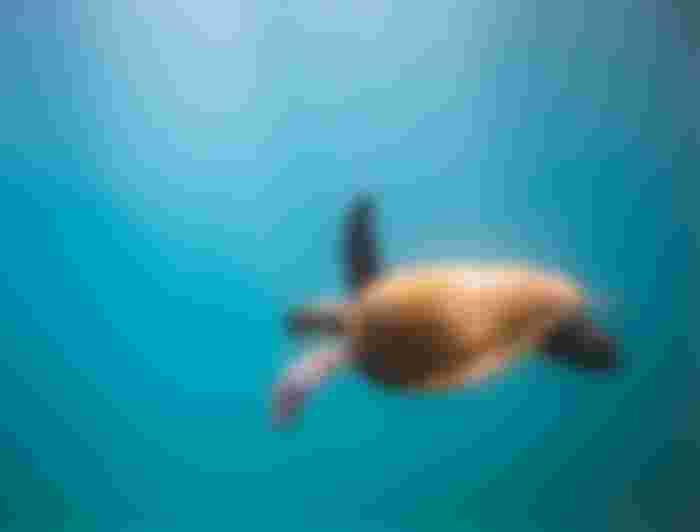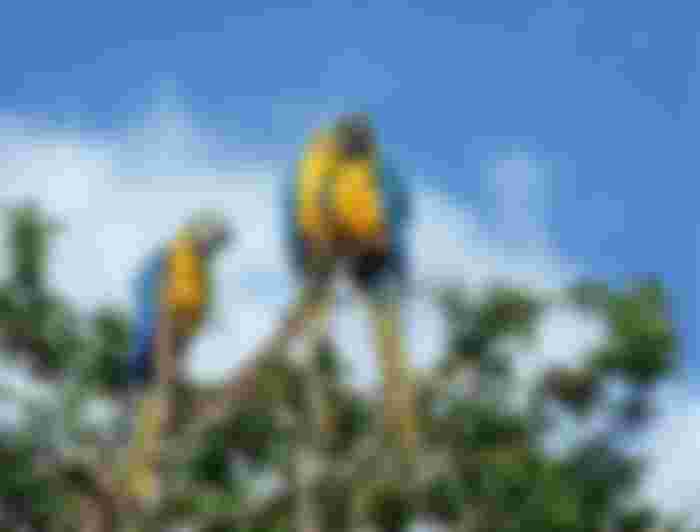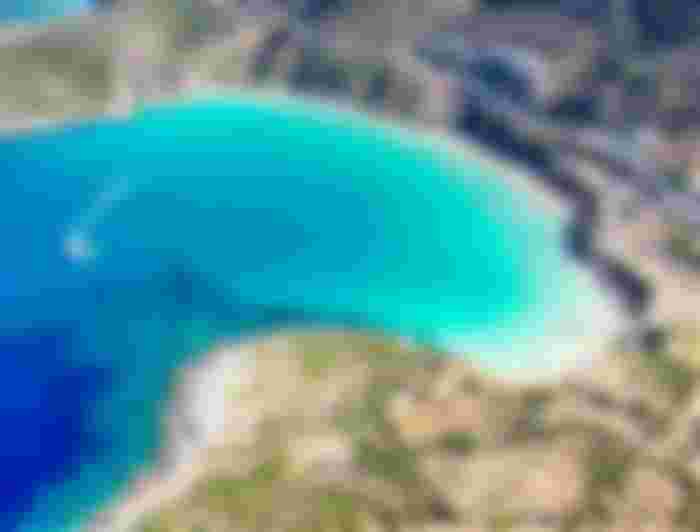Venezuela is a country where God poured out all his love on nature. I’ll write about all the states and talk about each of the wonders that were created there.
I don’t deny Christopher Columbus's reason when he arrived at one of these places in the country and decided to name it "land of grace." If I had seen every corner of Venezuela, I don't know what name I would have designated it by.
Our country is divided into 23 federal states, a capital district and some federal dependencies and territories, from the west, which is at one pole of the country, to the northeastern region and the south, which are located at the other pole.
First is the state of Zulia. In this state there is an impressive natural beauty that has all scientists in the world upset by its nature. In the lake of a city called Maracaibo is the basin of the lake of the same name, there between the months of October and November a series of lightning strikes occur in its most frequent form, with thunder and luminosity characteristic of it, this phenomenon, which is known to all as the Lightning Catatumbo or the Maracaibo Lighthouse, is a series of constant comings and goings of lightning in the sky that make a light show that happens more than a million times annually. Although it’s a natural phenomenon that occurs throughout the year, there are times when it disappears and returns again.
For our eyes it’s a natural phenomenon that delights us in its most natural way. It’s listed as the only natural lighthouse in the world. In the Guinness Book it was listed as a unique meteorological phenomenon in the world.
NASA declared it as the world capital of lightning. No one can give an exact explanation of why this phenomenon occurs, there are many conjectures that are usually said to explain it, such as the fact that very close to Maracaibo is the Andes mountain range that could mix its cold air currents with the natural climate of Maracaibo, which is an oil territory par excellence and has a very hot climate.
The fact is that our Catatumbo Lightning fascinates everyone with its majesty who has the pleasure of visiting these lands and being able to enjoy it from far away in the skies on any of the Maracaibo nights.
The state of Mérida is located in the Andean mountain range. In the city of Mérida, its capital, the 10 highest peaks in the country are located.
In the Sierra Nevada national park is the highest peak in Venezuela, the Bolívar peak very close to 5 thousand meters above sea level, then followed by other peaks that in no particular order are the Humboldt peak, the El Toro peak, the Espejo peak, the Bompland peak, the Mucuñuque peak, the León peak and the La Concha peak, in which generally snows during the months of July and August.

The peak that possesses an eternal snowfall is the Humboldt peak, but due to global warming it melted and now its rocky mountains can be seen.
The Sierra Nevada National Park is a natural reserve of mountains, with beautiful lagoons submerged in charming stories that have their origins in the first indigenous settlers and this mountain range also has an immense cloudy jungle territory. Once you’re within its landscape you can be immersed in fanciful colonial ideas of how the lives of the first settlers were there.
I enjoyed walking over its streams of smooth stones, thick fog still at noon and crystal clear waters running wildly in its small stream. With what pleasure I would like to walk in said spaces again.
Coming from the west to the central western region we find the Falcón state whose capital is the city of Coro, recognized for its wonderful national park "Los Médanos de Coro", dunes that are characterized by having sands that change positions thanks to their strong winds.

We continue down and now we enter the central region of the country in the state of Aragua and Carabobo, where you can find the oldest park in Venezuela and the Henry Pittier national park. It’s a park rich in endemic species, animals with a global threat of extinction, with birds that are not found anywhere else in the world. It has an endemic tree of the region that grows more than 40 meters high and it has some cacao plantations that are being protected by the species conservation law.
It’s also a very famous area for its beaches.
In the same central region in the capital of the country itself, in the capital district we find the Waraira Repano National Park, which is located in the states of La Guaira, Miranda and Caracas. The maximum height in the Waraira Repano park is reached by the Naiguatá peak with about 3 thousand meters above sea level, which is part of its 4 main peaks. The El Ávila peak is the smallest of the 4 peaks and it’s where a town called Galipán is located, very famous for its unique production of rose, carnation and tulip flowers.
In the states of Miranda there is a paradisiac island from the time of the pirates, La Isla de la Tortuga, named for its Galapagos present in these waters and its name was given by Américo Vespucio who gave it this name.

They have waters of white sand shores, only reached by sea in private boats. It’s an almost totally desolate island, where there was a small Dutch population. I don't know if they are still there. It also has coral reefs in its calm waters and is a paradisiacal place for the few tourists who manage to get there.
The region of the plains cannot be overlooked, in the states of Guárico and Apure there is the largest extension of flat lands in the country. It’s full of extraordinary folklore with stories of ghostly characters with teaching messages for home and family, the biodiversity in these lands is considered one of the most important in the world. Where people involved in conservation come from all over the world to study the unique species that inhabit these lands such as pink dolphins, anacondas, alligators, monkeys, turtles, otters, butterflies and a hundred birds that make up the wild habitat of the Venezuelan plains.
We go to the northern region and we find the Archipelago de los Roques national park in the Nueva Esparta state. There is a coral atoll open to the Caribbean Sea made up of hundreds of islands and hundreds of keys, it presents many of the paradisiacal beaches with white sands and most pleasant crystalline waters in the region.

It’s considered one of the wetlands protected by the Ramsar convention, as a wetland area of international importance.
It is perhaps one of the most touristic Venezuelan wonders in the country for its important biodiversity of species, being cataloged as a unique heritage with the largest marine protected area in the entire country and the Caribbean.
In the south eastern region of the country is the state of Bolívar, which has the Canaima National Park, considered a World Heritage Site by UNESCO and then there is the Gran Sabana with its extensive areas of exuberant vegetation. It has multiple tepuis or plateaus. They are believed to have more than 2,000 years of formation, the Auyantepuy has a height of more than 900 meters high, on its top the highest waterfall in the world “The Angel Falls” or the Kerepacupai-meru, named for the indigenous people of the place, the Pemones.

The highest Tepuy in this region is the Roraima with more than 2800 meters high.
The visits to the falls are with tourist guides due to the intricacy of the area, there are several hours of walks through jungle areas with a canoe ride until reaching the waterfall.
The Angel Falls has been mentioned to compete among the Seven Wonders of the World.
We also see the Anzoátegui and Sucre states with their multiple coasts full of wonderful beaches with calm and crystalline waters and soft sand shores. In these states is the Mochima National Park. This park is made up of exuberant biodiversity made up of islands with cliffs, coasts, white sand beaches, bays, gulfs, coral reefs, islets and mountains.

It’s a wonderful and paradisiacal tourist place.
In the state of Amazonas we find the "Tobogan de la Selva" spa. The indigenous people of the Coromoto population found it. This slide is made up of a huge rock that splits in two, at the top, the water starts from a large jet that forms natural wells, then the water is directed down the polished rock that was formed with the natural fall of the water and this stream of water slides through 20 meters of rock that is inclined at an angle of 45°, reaching another natural well at the end of the slide or polished rock. And this is how this natural slide is formed, which is very visited by a large number of tourists in this region of the state.
In these areas we can see the Orinoco Delta with its unexplored virgin territories. It has indigenous tribes that still maintain their customs. The waters of the river drain towards the Atlantic, it has an extensive and intricate jungle territory known by multiple ethnic groups. Many of them don’t accept the passage of civilized man to their lands to the point that they can kill if their warnings are ignored.
...
Here is the Mariusa National Park, with the Amazon River as the great river that governs the waters and its multiple river species such as piranhas. We can also see in their habitat multi-colored parrots, hummingbirds, auyan monkeys and many more species that attract the attention of tourists.
Venezuela is a country rich in natural wonders, like no other country in the world you can find. All the diversity of species in fauna, flora and natural environments forged from ancient times that have not been modified by man but enjoyed by all who come to enjoy nature.
All photos are from unsplash






Venezuela is a country of striking beauty that you can find at every step: in nature, among the diverse flora and fauna, as well as among gorgeous beauties. A country where the most beautiful women live.